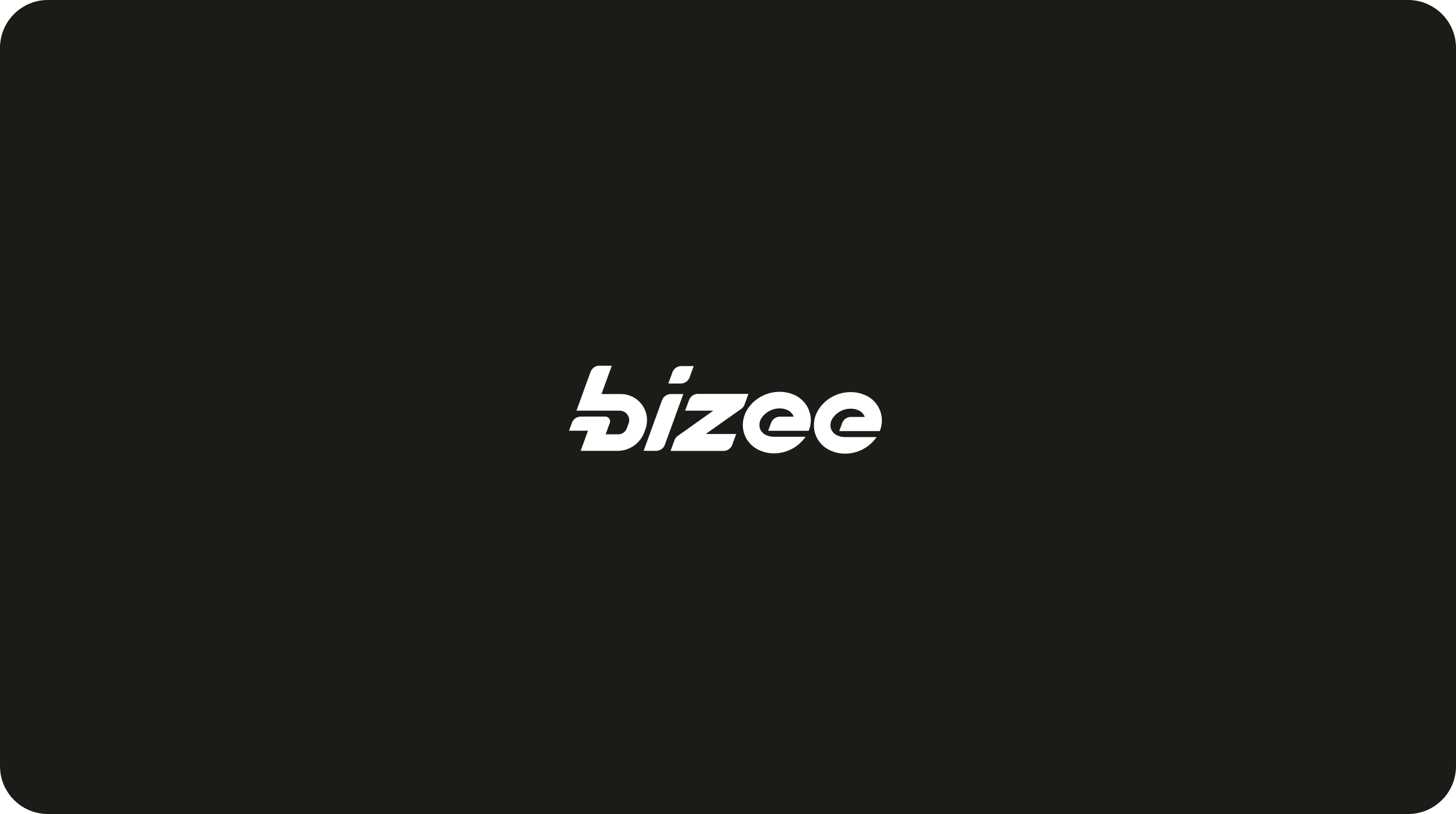Services
Services
Services
Services

Please note: This post contains affiliate links and we may receive a commission if you make a purchase using these links.
Y ou'll make a lot of decisions as a business owner. One of the most important? It's deciding how to maintain your accounting in order to properly track revenue and expenses, calculate profit and loss and manage the financial health of your company. Choosing between cash or accrual-based accounting requires an understanding of each method, the benefits and disadvantages and your company's needs.
“With an effective accounting method in place, you can figure out what cash you have available at any point during the year,” explains Yves-Marc Courtines, CFA and principal at Boundless Advice . We talked to Courtines to explain the difference between cash vs. accrual accounting and highlight the advantages and disadvantages of each method, with the goal to help you figure out which system is better for your small business.
So what exactly is the difference between these two methods?
Cash accounting allows you to document and record revenue or expenses only when cash comes into or out of your possession, explains Courtines. In other words, sales are recognized when cash is received from clients or customers, and expenses are recognized when payments are made to vendors or suppliers.
Note that by “receipt of cash” we mean cash, checks, credit cards, Venmo payments, Square transactions, Zelle transfers and so forth. Courtines also points out that according to the IRS, “cash received” can also include items of value — like giving your Uber driver a $5 gift card instead of physical cash or an in-app tip.
Accrual accounting , on the other hand, means you record inbound transactions when you invoice clients and outbound payments when vendors request payment from you. Instead of tracking physical cash flow, an accrual system matches the income or expense with when the product or service was provided to the customer. Even if no cash has been received from the customer (or an expense has been invoiced but not paid to the vendor), the revenue is documented.
Each of these methods has its pros and cons for small businesses. Let's take a look at what they are.
One of the main benefits of cash accounting is that it is basic and easy to understand. Thousands of small businesses utilize this method and there is no real need to hire a professional accountant or navigate through the numerous accounting software options. It simply breaks down to keeping track of cash receipts and expenditures accurately — you just add the money that comes in and deduct what is paid out. (Just keep your receipts and make sure that your records are updated to correctly reflect your cash flow!)
A disadvantage of cash accrual is that it is a dated practice that can not only be a drain on your time and energy, but also does not accurately “account” for profit or loss or recognize payment due to be received. It also does not accurately present outstanding invoices waiting to be paid or unpaid expenses or monies owed.
For example, let's assume you are the owner of XYZ Roofing and worked on a home repair in March. If you use cash accounting, you will record your revenue from the job when you get paid and not when the work is completed. In this situation, payment may be recorded the day the job is completed and the money due is received. Or payment may be recorded 30 days later, sometime in April, when the customer sends in the check. Or, worse yet, payment may never be recorded if the customer disputes or simply fails to pay for your service.
Unlike cash accounting, which fails to paint a clear picture of the financial health of a business and can show great disparities between liabilities and assets between an accounting period, the accrual method covers all parts of a business transaction. This includes credits, unpaid or outstanding and outgoing bills and expected or incoming payments. It does not solely rely on the physical exchange of money like cash accounting does.
Accrual accounting can also offer a reliable vision of a company’s financial health. This provides business owners with an understanding of their profit and loss for a given month, quarter or year.
In our example, using accrual accounting will allow XYZ Roofing credit for the work invoiced in March and also accounts for any expenditures and liabilities incurred by ordering and paying for supplies or labor. If payment comes in 30, 60 or 90 days later, the credit is accounted for and the cash balance for XYZ Roofing goes up. On the other hand, if payment is not received, you have that information recorded as well, which will highlight the loss when you prepare your P&L or get ready to file for your taxes.
One key disadvantage of accrual accounting is that it is more complicated than the cash accounting method. You will need the support of a trained accountant or the use and understanding of accounting software .
The short answer: It depends. Most small businesses with no inventory use the cash accounting method because it’s simpler, explains Courtines. In his experience, many small businesses of this type find it easier and faster to keep records using cash accounting. Cash accounting is also simpler to complete on IRS forms.
Cash accounting provides an accurate picture of your business financials at a snapshot in time. However, accrual accounting gives you a better sense of whether these numbers are reliable and repeatable for the foreseeable future, explains Courtines. The accrual method also offers a more accurate, real-time picture of how your business is performing each month.
“If your business is growing steadily, or if your business is based on a recurring service with little fluctuation and few issues getting paid by clients, cash basis accounting will likely be straightforward and sufficient,” says Courtines.
He also lists some situations in which the accrual method might be more accurate instead:
If you’ve set up your business structure as an LLC, C Corp or S Corp , the IRS will ask you which method of accounting you’ve chosen in your first year of incorporation for tax purposes. According to the IRS , a corporation or a partnership can use the cash accounting method if its average annual gross receipts for the three preceding tax years were $25 million or less. Once this threshold is passed, a business "must change to an accrual method of accounting, effective for the tax year in which the entity fails to meet this [gross receipts] test."
One simple exception is if you have an S Corp or run a business (regardless of structure) that’s service-based. So graphic designers, content strategists or architects, for example, can continue to use cash accounting even on the lucky day when they pass $8 million in annual revenue!
At tax time, most businesses can choose their accounting method when they file their first tax return. You can also ask permission from the IRS to change it in subsequent filings.
Another approach? You could run accrual accounting in your software to manage the business finances from the start. But if you hate the idea of paying Uncle Sam based on cash that’s not yet in your hands, you could ask your accountant to make a few year-end adjustments and then file under the cash method, says Courtines.
Carefully weighing the pros and cons of cash vs. accrual accounting and learning about each method’s caveats will help you gauge which is a better fit for your small business. If you find that you’re having trouble deciding, reach out to Bizee! Since 2004 Bizee has helped more than 1,000,000 business owners and entrepreneurs at every stage of their business development, including offering filing services and assistance with your bookkeeping and accounting needs.

Peter Mavrikis is an author and editor with over 25 years of experience in publishing. He has worked as the Editorial Director for Barron’s Educational Series, as well as Kaplan Test Prep, where he ran the test prep, foreign language, and study guide. Read more


Get Bizee Podcast
Join us as we celebrate entrepreneurship and tackle the very real issues of failure, fear and the psychology of success. Each episode is an adventure.